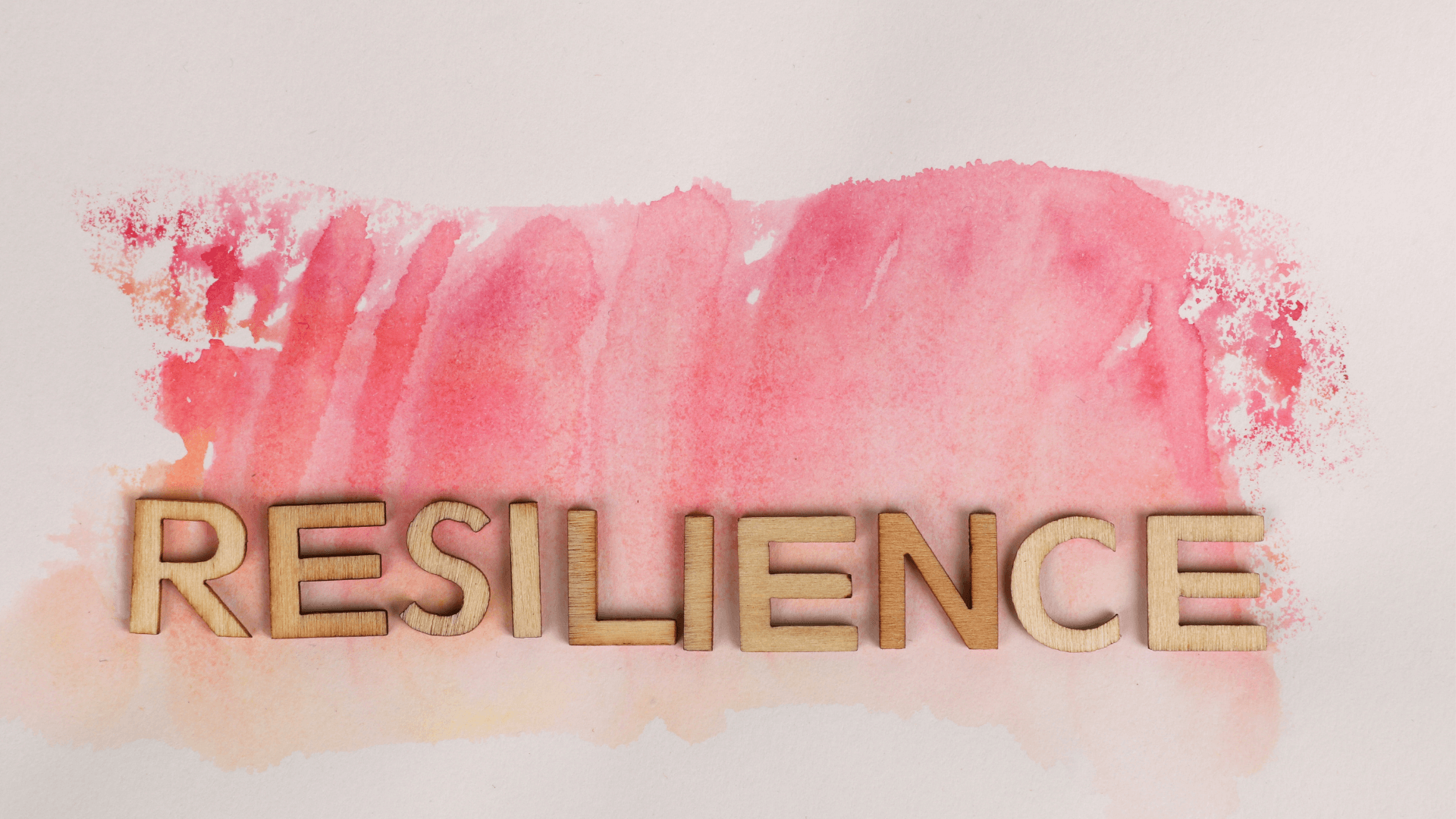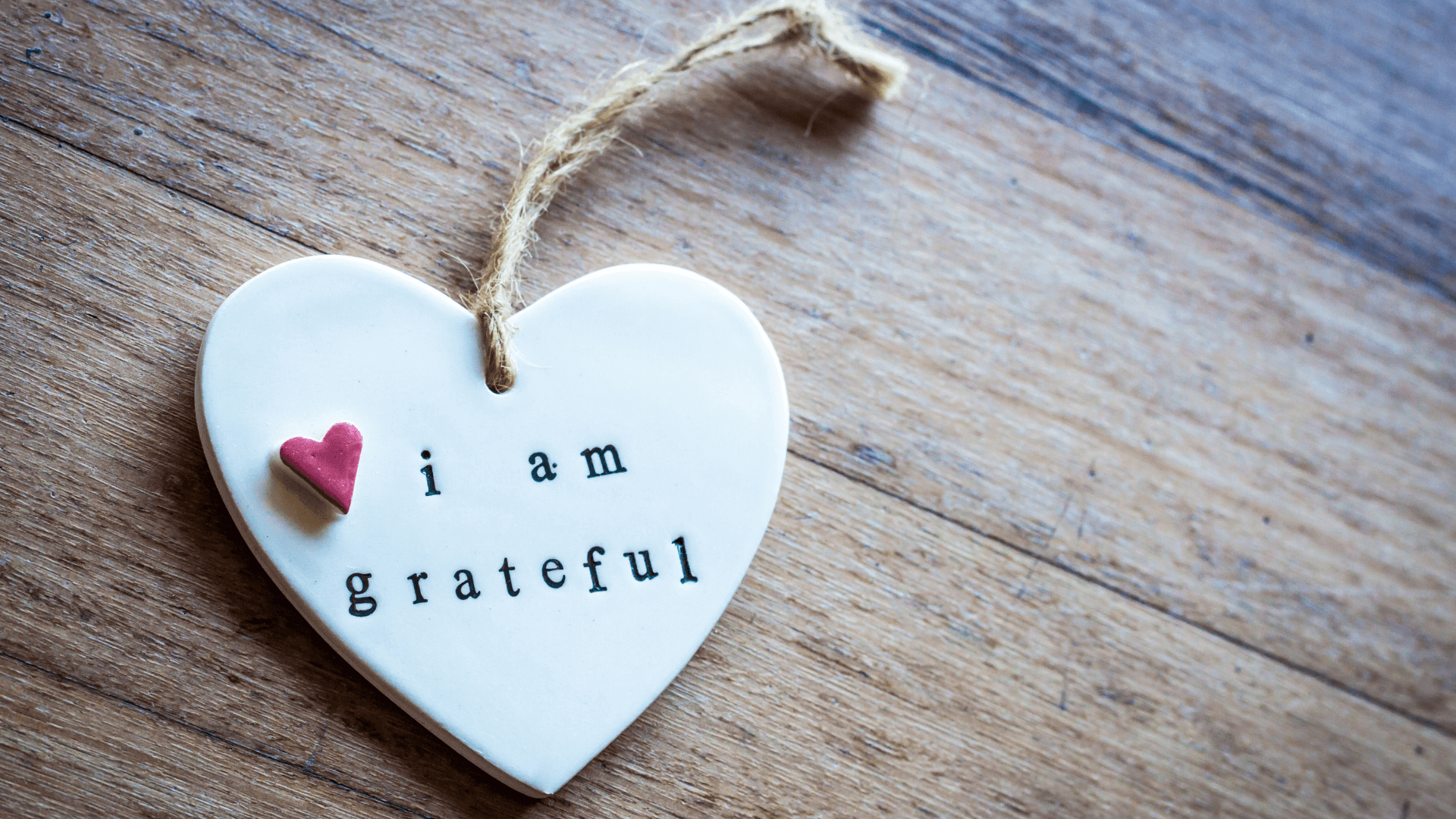Building Our Resilience

I recently went to hear Patrick Regan (Founder and CEO of Kintsugi Hope) speak on his Tour of the Bouncing Forwards Book. At Phase, we are passionate about building resilience in young people, so I always love to listen to other people who are passionate about the topic and can be inspiring.
As part of the evening, they shared a video clip of the resilience river, with resilience not being static but something that can go up and down depending on what is happening. The question asked was:
“What are the things that lower your resilience levels, and what makes them higher?”
What lowers our resilience and what makes it higher will be different for each person. At Phase, we are passionate about building resilience, and just five key things came to mind that help to make those resilience levels higher.
1) Practising gratitude. Research has shown that practising gratitude can change our mood. There is a great clip that we show in our RISE programme with year 9’s, and I encourage you to check it out; why not even do the challenge yourself!

2) You can’t pour from an empty cup! It is so important that we look after ourselves, and self-care is essential to building resilience, ensuring that basic foundational needs such as sleep, eating well, drinking water, and exercise are part of our daily rhythms. Why not check out our Self-care star diagram to reflect on your current Self-care.
3) Recognise what is and is not in your control. A great resource that we use at Phase is the circle of control. By asking yourself, “Is this within my control or is it out of my control?” It helps you focus your time and energy on the things that are within your control and let go of the things that are out of your control. Why not check out our circle of control resource here.
4) Being resilient doesn’t mean being invisible. Part of being resilient is having those around you who can support, be that encouragement or cheerleader for you when things are difficult. Being resilient often requires us to be vulnerable.
"Daring greatly means the courage to be vulnerable. It means to show up and be seen. To ask for what you need. To talk about how you're feeling. To have the hard conversations." Brene Brown.
Why not reflect on who your go-to people are using this helpful resource. Recognising who these people are, helps us know who to reach out to when we need that support, and to talk about how we are feeling.

5) Remind yourself of the why. Purpose and knowing our why can be helpful to build our resilience levels, reminding ourselves of what it is that we are passionate about and building in time to do this. If you are unsure what that is, why not check out this tool to help you think through what it is you are passionate about and your purpose.
Never miss a Phase blog post - subscribe here

